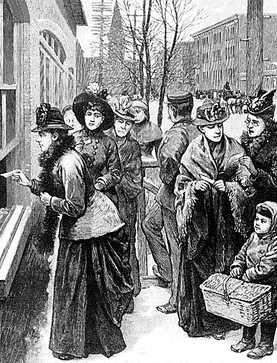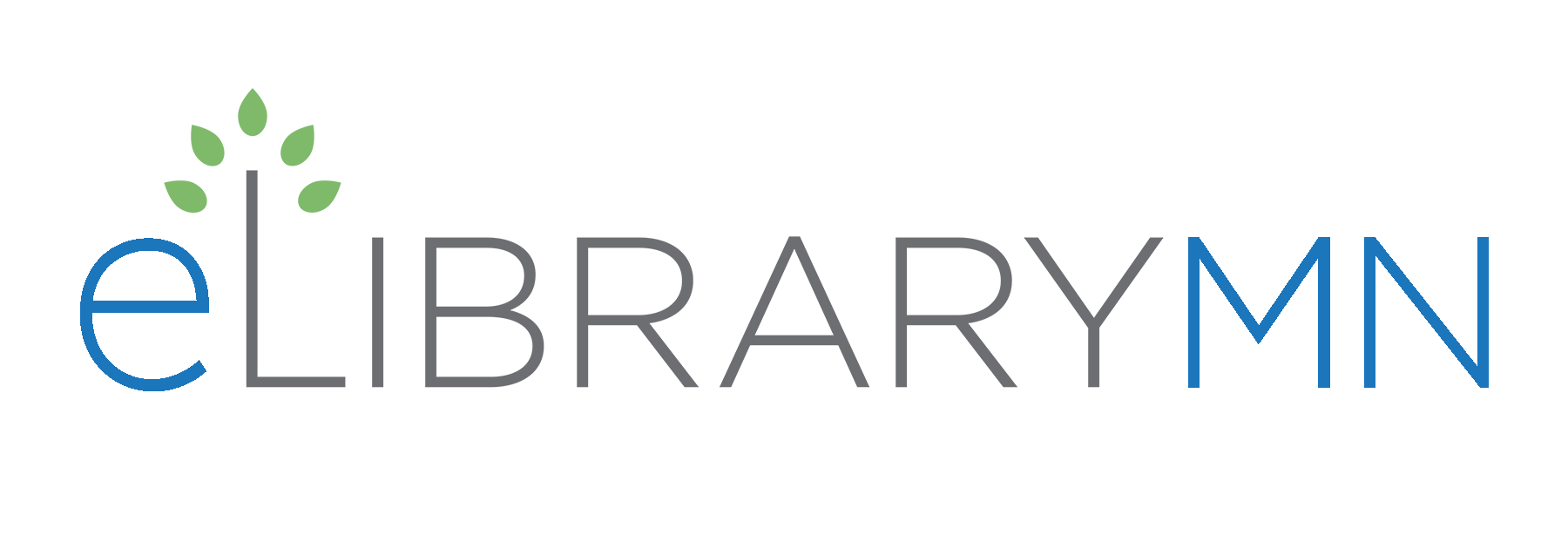by Beth Staats
Quick Summary
March is Women’s History Month, which began as a national week-long celebration during the second week of March in 1981.

March is Women’s History Month, which began as a national week-long celebration during the second week of March in 1981. Six years later, in 1987, the National Women’s History Project petitioned Congress, who finally designated the entire month as Women’s History Month. Between 1988 and 1994, Congress passed additional resolutions requesting and authorizing the President to proclaim March of each year as Women’s History Month. Since 1995, Presidents Clinton, Bush and Obama have issued a series of annual proclamations doing so as well.
From Student Resources in Context to Britannica School to MasterFILE Premier, the ELM databases are a great resource for researching women and their impact on the history of our country, as well as internationally. Whether it’s a news audio broadcast, a biography, an image, a video clip, or a primary document, you can locate thousands of documents relating to women and history in ELM. The images included below are all from Student Resources in Context.
In 1869, the Wyoming Territory became the first state to grant women the right to vote. The engraving above, published in Harper’s Weekly, portrays women going to the polls in Cheyenne in November 1888, the first time women had voted in a national election in U.S. history.


Mary (Ritter) Beard (1876–1958) is best known for her book Woman as Force in History. In this book, Beard disputed the traditional theory that women did not play a major role in shaping of civilization. She also wrote numerous other accounts of women’s history that were considered pioneering works in their time.

